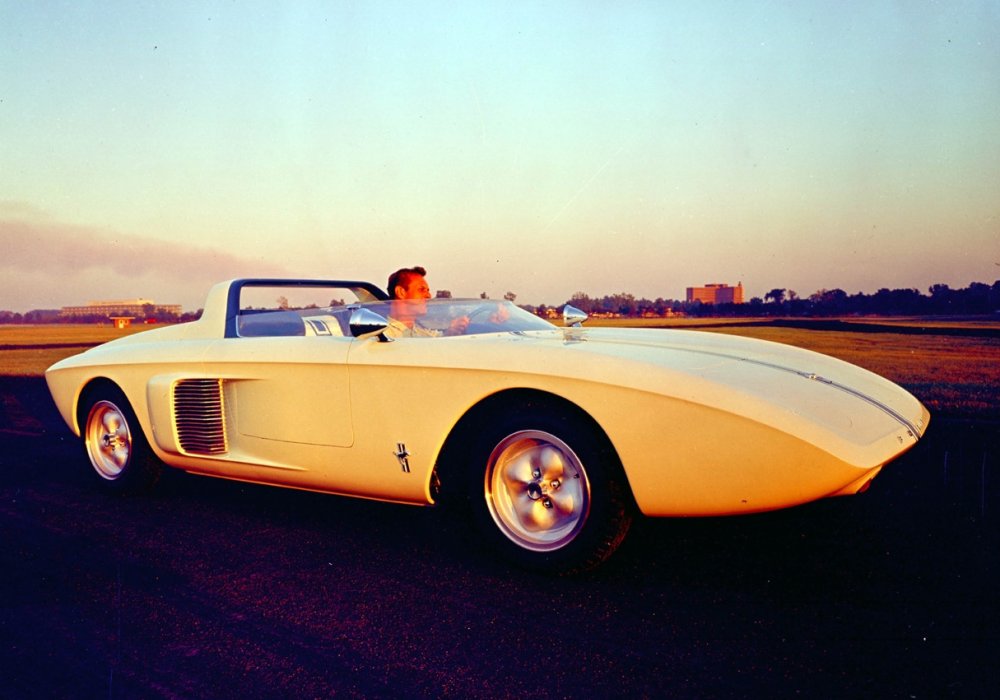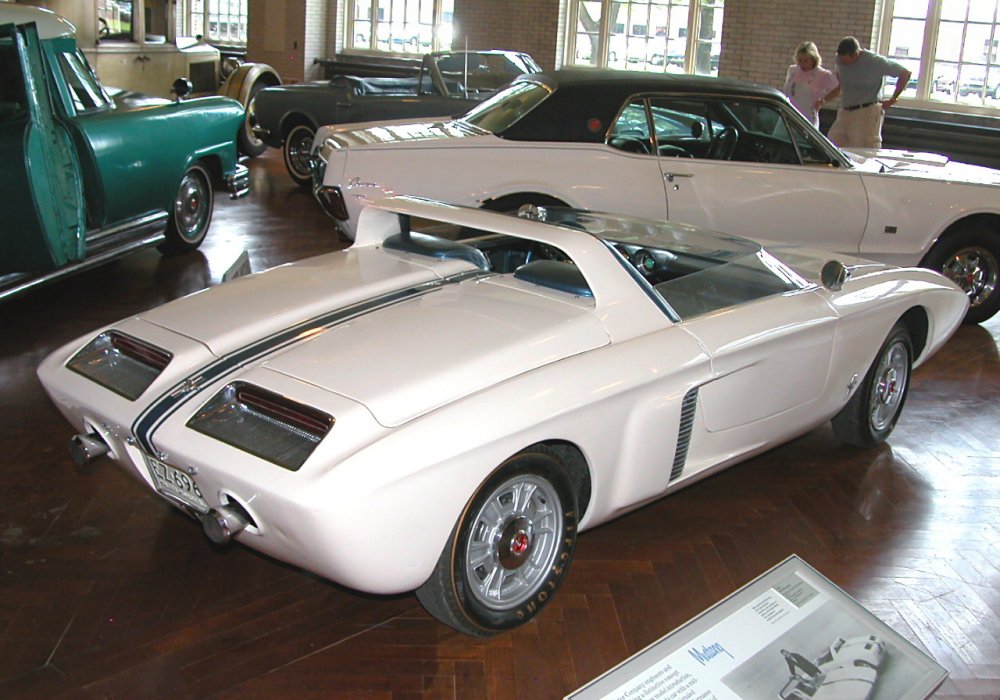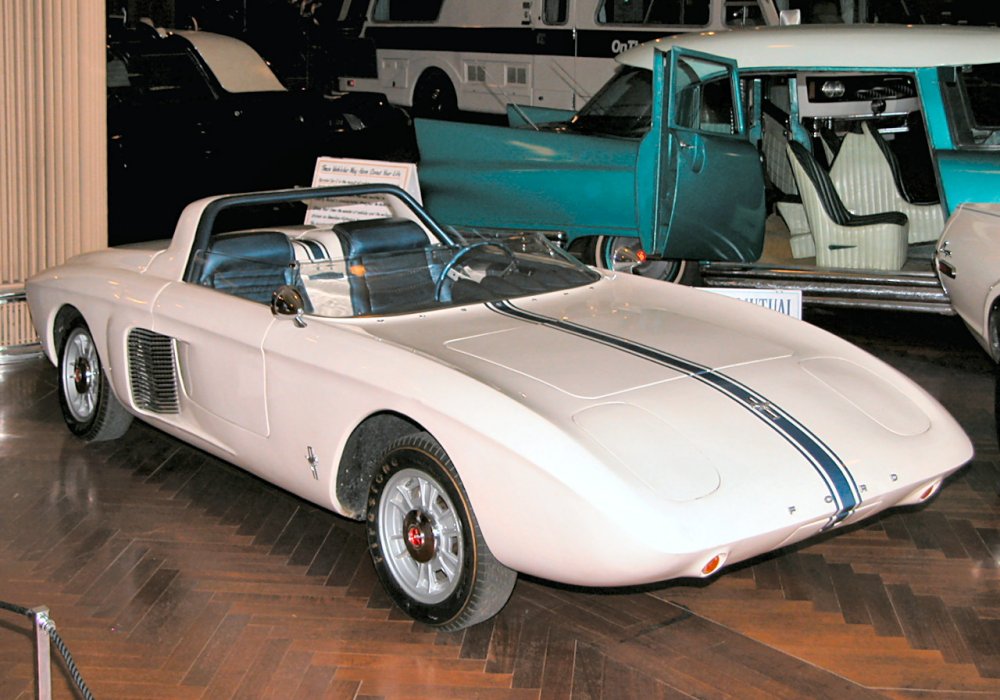Description
The Ford Mustang I was the experimental concept car that set the stage for one of the most successful and enduring nameplates in automotive history. Unveiled in 1962, the Mustang I was radically different from the production Mustang that would debut two years later, but it showcased Ford’s ambition to create a youthful, sporty vehicle that could capture the imagination of a new generation of drivers. Rather than being a practical four-seater pony car, the Mustang I was a small, lightweight two-seat roadster built more like a European sports car than a traditional American coupe.
The exterior design of the Mustang I was futuristic for its time, with a low, wedge-like profile and sharply defined lines. Constructed with an aluminum body mounted on a tubular space frame, the car sat just 40 inches high, almost as low as Ford’s GT40 race car that would follow. The nose was pointed, with pop-up headlights integrated into the sleek bodywork, while the rear deck was short and clean, emphasizing its mid-engine layout. Air intakes on the sides fed the compact engine, and the overall look was more reminiscent of a racing prototype than a road car.
Inside, the Mustang I was minimalistic but purposeful. The cockpit featured two bucket seats, a small-diameter steering wheel, and a simple instrument cluster, reinforcing its role as a lightweight sports car concept. The cabin was tight and tailored, with a driver-focused layout that placed emphasis on performance rather than luxury.
Underneath, the Mustang I was just as innovative. It used a mid-mounted 1.5-liter V4 engine, derived from Ford of Germany’s Taunus line, producing around 90 horsepower. Paired with a four-speed manual transmission, the engine was not powerful by American standards, but the car’s extremely light weight—under 1,500 pounds—gave it lively performance. Independent suspension on all four wheels and disc brakes ensured sharp handling, making it a capable sports car in testing.
On the road and track, the Mustang I impressed with its agility and modern engineering. It was first demonstrated at Watkins Glen in October 1962, driven by Formula 1 driver Dan Gurney in front of an enthusiastic crowd. The demonstration highlighted Ford’s ability to build something sporty and advanced, even if it was clear that the car was not destined for mass production in its experimental form.
Although the Mustang I was never intended to enter production, it played a critical role in shaping Ford’s understanding of the market for a sporty, affordable car. The overwhelmingly positive reaction from the public and media encouraged Ford executives to push forward with the development of a more practical four-seat version, which ultimately became the 1964½ Mustang. While the production car shared little mechanically with the Mustang I, it inherited the name, spirit, and marketing appeal that the concept had generated.
Today, the Ford Mustang I is remembered as a fascinating “what if” in automotive history. Only one running prototype was built, and it survives as a museum piece, representing Ford’s bold experimentation at the dawn of the 1960s. Its influence is undeniable, as it laid the foundation for the pony car revolution and cemented the Mustang name as a symbol of freedom, style, and performance. Though very different from the car that followed, the Mustang I remains a crucial part of the story, a visionary concept that helped ignite one of Ford’s greatest successes.


